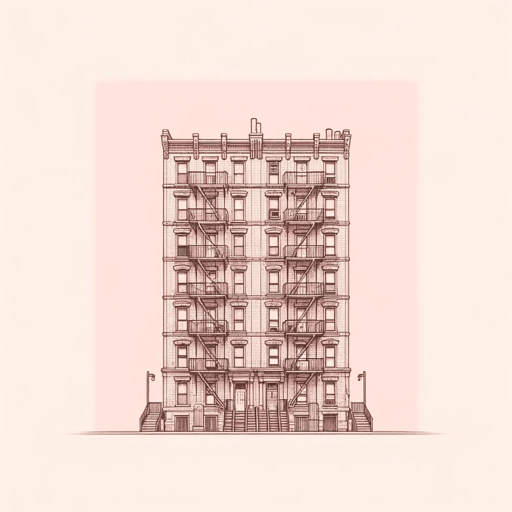47 pages • 1 hour read
Jacob RiisHow the Other Half Lives
Nonfiction | Book | Adult | Published in 1890A modern alternative to SparkNotes and CliffsNotes, SuperSummary offers high-quality Study Guides with detailed chapter summaries and analysis of major themes, characters, and more.
Chapters 17-19Chapter Summaries & Analyses
Chapter 17 Summary and Analysis: “The Street Arab”
“Street Arabs” are boys without homes who hawk newspapers in hopes of supporting themselves. Riis describes them as resilient and independent young souls who view the policeman as their enemy, an “agent” sent to deprive them of “their cherished freedom” (198). A photograph (“Didn’t Live Nowhere”) shows two such boys, dressed in rags yet looking dignified, the smaller of the two holding his right hand to his belt buckle in a sort of aristocratic pose. Some of these boys are runaways. Many are orphans, some literally and some effectively. In the latter case, the cause is usually a father who is imprisoned or has an alcohol addiction. As in the previous chapter, Riis touts the inestimable good done by the Children’s Aid Society in rescuing many of these boys from homelessness. A photograph (“Street Arabs in Sleeping Quarters”) shows three young boys sleeping outside on a metal grate, their bodies propped up and their heads resting against a low stone wall. Another photograph (“Getting Ready for Supper in the Newsboys’ Lodging House”) shows a happier scene of five boys, albeit much older, cleaning up in a bathroom in preparation for dinner. These photos illustrate Riis’s argument for the value of private lodging-houses designed to rescue wayward and unhoused boys.

